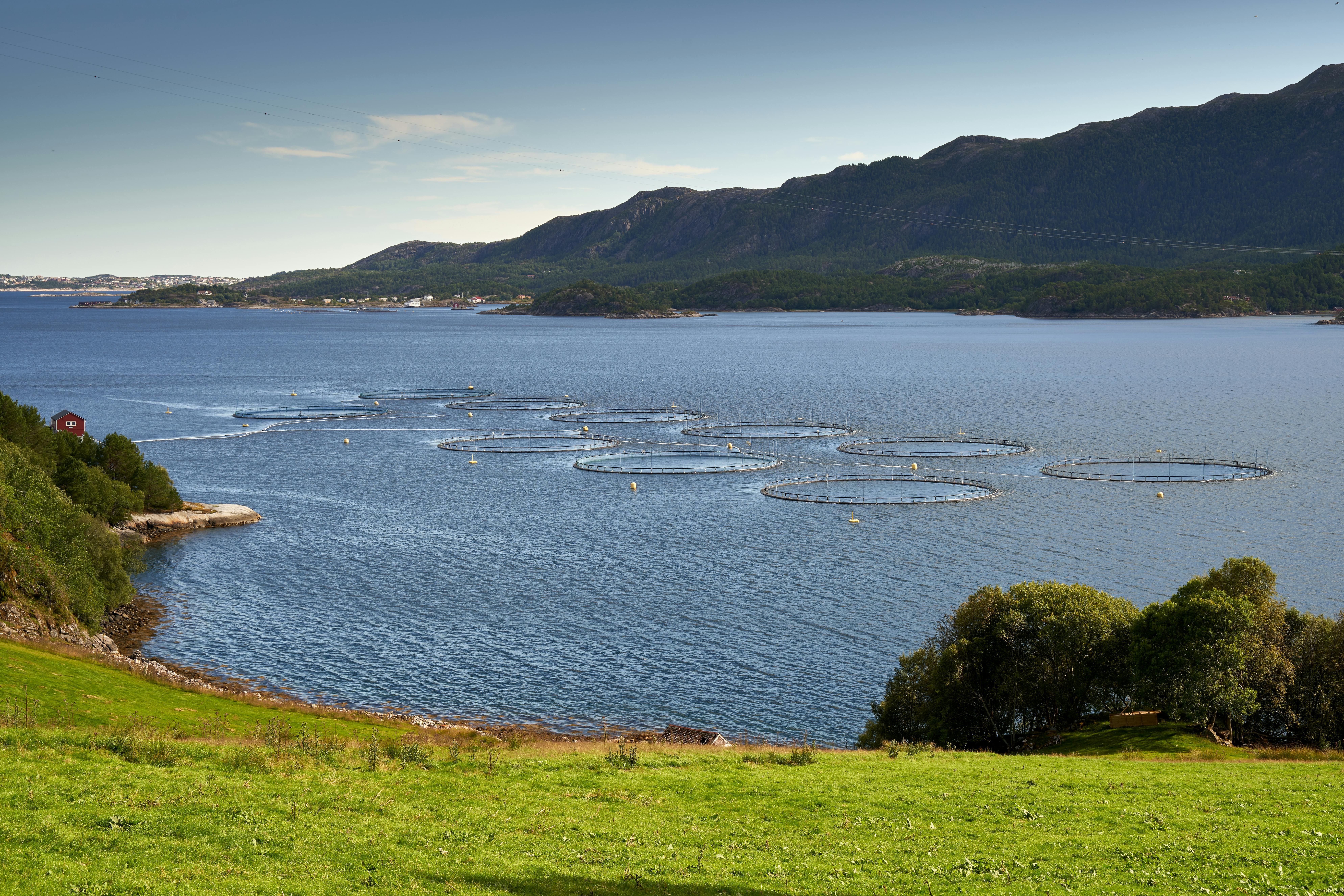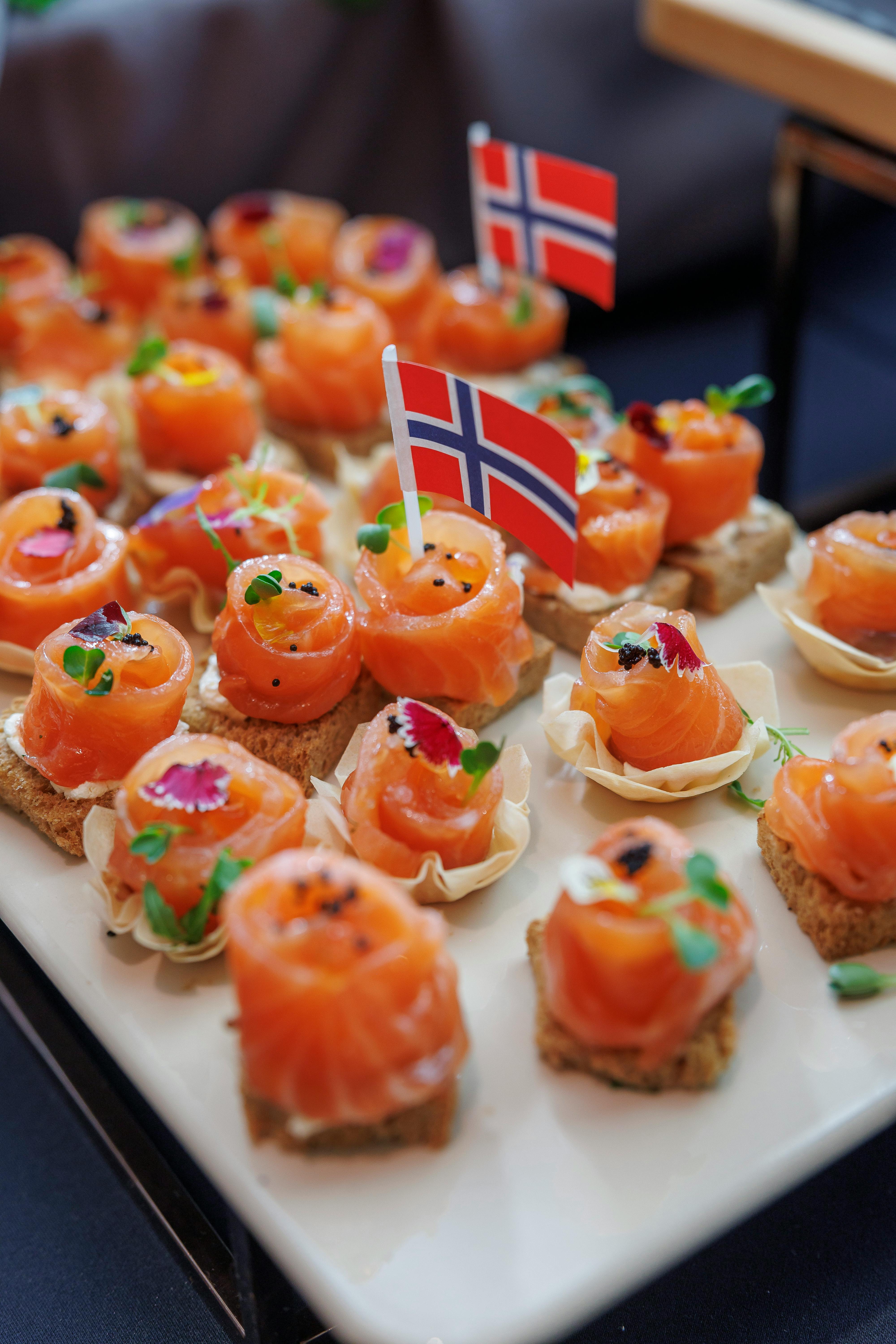Norway Salmon Farming: Profitable Eco Startup Guide (2024 Edition)
When I first visited a small Norwegian fjord farm in May 2011, I thought I’d seen it all—a row of emerald nets glinting in the crisp morning light, eager hands hauling in silvery salmon as the mist drifted over the water. Back then, nobody was talking about eco-friendly methods; it was all about maximising yields and securing export deals. Now, after nearly a decade-and-a-half consulting with both start-ups and government agencies, I see Norway’s salmon farming sector standing at a fascinating crossroads: how do you launch a high-profit operation, but do so responsibly—without sacrificing ecosystem health or long-term profitability?1
Fact: Norway produces over half the world’s farmed Atlantic salmon today.2 That’s not just an economic powerhouse; it’s a global laboratory for profitable aquaculture transformation. Honestly, I reckon no other country comes close on balancing bottom-line performance with stringent sustainability mandates—and the recent 2024 reforms have only made compliance more demanding AND more rewarding.3
Getting Started: Norway’s Salmon Farming Industry
Let me step back—because, truly, the scale and sophistication of Norway’s salmon farming today can overwhelm most new entrants. For context, Norway exported over $8.8 billion in farmed salmon in 2023, with key markets spanning Japan, the US, and UK.4 Is it easy money? Absolutely not. The licensing hurdles, unpredictable fjord weather, and rising environmental standards mean only the well-prepared survive. Yet, the potential for high-profit, eco-sensitive ventures remains unmatched, especially if you lean into Norway’s regulatory strengths.5
In my experience, the biggest mistake newcomers make is underestimating just how “compliant” and data-driven Norwegian aquaculture is. You need real environmental plans, water quality sensors, and contingency protocols for nitrate spikes—plus community relations plans. But here’s the part no brochure tells you: local pride runs deep, and local scientific collaboration is often the key differentiator between a thriving farm and a failed start-up.6
Norway’s coastline stretches for over 100,000 kilometers, making it the second-longest in the world. This gives salmon farmers access to some of the cleanest cold-water fjords globally—a key for healthy, fast-growing fish and premium quality exports.7
The Eco-Business Model: Foundations and Principles
What really strikes me about Norway’s modern aquaculture is how “green thinking” has flipped from niche branding to minimum entry standard. Based on my recent interviews with Oslo University researchers, farms now face annual environmental audits and can even lose their licenses over minor pollution infractions.8 Honestly? This drives innovation—not just compliance. For example, local farms are pioneering feed that uses insect protein (rather than wild fishmeal), cutting ocean impact while also improving food conversion rates. Still, the transition isn’t seamless. Early attempts at cleaner feeds sometimes led to quality dips and slower growth—nobody likes learning from costly mistakes, but Norway’s openness to rapid iteration is part of what makes its model unique.
So, before we even talk profit margins or optimal stocking densities, here are the three pillars behind every successful Norwegian salmon farming business:
- Strict regulatory compliance and transparent reporting (the “trust factor” for export markets)
- Eco-friendly infrastructure—from closed containment systems to floating RAS technologies
- Community engagement and local partnerships—especially with marine biologists, universities, and indigenous groups
I’ve consistently found that high-profit farms are built on relationships—with local scientists, regulators, and, increasingly, environmental NGOs. If you skip stakeholder engagement, you’re inviting costly delays, reputational damage, and regulatory headaches. True value comes from being seen as a “good neighbor first, great business second.”
What questions do newcomers ask most often? Here are the top five I hear, paired with honest perspective on each:
- Is salmon farming as profitable as headlines claim? (Short answer: It can be, but margins vary wildly based on compliance and weather.)
- How hard is it to get a Norwegian aquaculture license? (Tough—minimum two years and $200,000+ initial capital.)
- What eco-risks are non-negotiable? (Any incidents linked to lice outbreaks or escaped fish could shut you down.)
- How do new farms differentiate? (Locally sourced feed, hybrid recirculation systems, and vocational training for staff are increasingly big “sell” points.)
- Can foreigners own Norwegian salmon farms? (Yes, but tight controls apply on majority ownership, and local partnership is essential.)
Step-by-Step Startup Blueprint: From Research to First Harvest
Okay, let’s dive into what actually moves the needle. Every successful Norwegian salmon farm I’ve consulted on—from the wind-pummeled archipelagos of Nordland to the sun-soaked coves near Bergen—relies on a workflow that balances bold ambition with cautious planning. If I had to choose three authentic mistakes to highlight, I’d start with underbudgeting for technical failures, underestimating regulatory paperwork, and skipping full-cycle water audits.9
- Conduct market analysis: Where’s global demand highest? What are price trajectories?
- Environmental site survey: Assess fjord water temperature, salinity, currents, and pollution history
- Licensing: Apply for government permits (expect 6-24 month wait)
- Infrastructure buildout: Choose between open-pen, closed containment, or hybrid RAS (Recirculating Aquaculture System)
- Feed strategy: Source organic, local, and alternative proteins where possible
- Staffing and partnerships: Hire experienced marine biologists, local workers, and establish university ties
- Eco-planning: Install advanced filtration, sensor systems for nitrate, pH, and temperature monitoring, and wildlife impact controls
- Harvest and sales planning: Secure contracts with major buyers BEFORE mass harvest
Best Practices to Nail Early-Stage Profitability (Yet Still Go Green)
- Invest in automation (feeding, water chemistry, health monitoring). Labor savings here are massive.
- Select genetics with proven resistance to lice and common diseases—a mistake that tanked two start-ups I advised in 2019.
- Build redundancy: Always have backup oxygen systems and power sources. Norwegian winter storms WILL cut electricity.
- Use eco-certification schemes. Early adoption often leads to premium prices in export markets (e.g., ASC, GlobalGAP).
Having worked with multiple site launches over the past five years, what excites me most is the mainstreaming of closed containment systems. While tough to scale initially, they cut escape risk to near-zero and allow for off-grid solar integration—an environmental gamechanger. The more I consider it, the more I see closed RAS systems defining high-profit and high-compliance operations for newcomers.
| System Type | Start-Up Cost | Eco Score (1-5) | Profitability Potential |
|---|---|---|---|
| Open Pen | $2-5M | 2 | Medium-High |
| Closed RAS | $7-10M | 5 | High |
| Hybrid | $5-8M | 4 | High (if scaled) |
Profit Maximization Tactics: Authentic Norwegian Strategies
Let me clarify something here. When most people talk about “profit tactics,” they imagine a checklist of sales channels or cost-cutting tricks. In Norway, the formula is more nuanced. High-profit operations look like this:
- Continuous health monitoring—less disease means less loss, more predictable yield
- Market timing—coordinate harvest dates with spot prices and buyer appetite (be flexible about shipping!)
- Feed efficiency optimization—tweaking ratios based on real-time growth data, not annual averages
- Digital reporting—automated, transparent logs to satisfy auditors and buyers alike
What’s wild is how much data is now shared across farms—nearly 90% of operations use collaborative benchmarking platforms.10 Honestly, data-driven decision making means you can spot trouble before it becomes a six-figure problem, whether it’s a potential disease outbreak or shipping bottleneck.
Three Common Profit-Sapping Mistakes (I’ve Seen—and Corrected)
- Skipping routine calibration for water chemistry sensors—leads to blind spots
- Delaying feed order contracts—market volatility is non-stop
- Overlooking export documentation—customs delays cost hours (and tons of fresh fish lost)
On second thought, maybe none of this matters if you ignore what’s happening culturally. Norway’s salmon export markets—especially China and the EU—now demand proof of carbon-neutral practices and sustainable animal welfare. It’s no longer enough to “just” deliver healthy fish; you must show how you reduced emissions and avoided ecosystem harm. Failing to document eco-metrics is the fastest way to tank profits, no matter how solid the fish.

Sustainability Secrets: Innovations & Mistakes to Avoid
I’ll be completely honest—my thinking on sustainability in Norwegian salmon farming has done a 180 in the last five years. Early on, I was convinced simple “green” tweaks (like swapping to organic feed) would do the trick. Actually, let me clarify: it’s about integration—complete system thinking, not bolt-ons—and a healthy dose of learning from both local success and failure.11
Biggest Innovations (and What I’ve Learned from Them)
- Floating Closed-Loop RAS: Near-zero escapes, full control of water quality, solar and wind energy integration.12
- Biological lice control: Cleaner fish and laser-based lice removal—less chemical use and better fish health.13
- Zero-discharge protocols: Farms recycle water and filter out solids, often earning government eco-“bonus” points.14
- Alternative protein feeds: Black soldier flies & peas, replacing most fish-based meal.15
Funny thing is, early adopters often made genuine mistakes—misjudging feed conversion, overestimating biological controls, or going “all-in” on solar without backup. What’s important is the learning curve: the farms that succeeded treated every setback as a data point, not a dead end. If you’re planning a new launch? Track your failures as closely as your successes. It breeds resilience and earns serious respect within Norway’s local aquaculture community.
In 2020, Norway made permanent its Aquaculture Sustainability Index, meaning farms now receive public eco-ratings that directly impact licensing renewals and eligibility for export grants. This has pushed adoption of green innovations at record-breaking pace.16
Mistakes to Avoid (From My Own and Others’ Experience)
- Underinvesting in contingency planning: Norwegian storms and heavy rainfall events have intensified recently—insurance and hard infrastructure upgrades are mandatory.
- Ignoring local consultation: Without community buy-in, even the greenest farm faces protest and regulatory friction.17
- Lack of biodiversity audits: Overlooked species (seaweed, shellfish) can create ecosystem imbalances if not periodically assessed.18
- Poor staff training: Safe and sustainable practices hinge on well-educated, incentivized teams.19
- Embed sustainability KPIs in ALL operational reviews, not just annual audits.
- Leverage Norwegian knowledge hubs—local universities and marine institutes are open to collaboration.
- Invest in digital twin modeling—simulate everything before your next real-world expansion.
Keep Your Farm Relevant: Update & Repurpose Content Strategies
What I should have mentioned earlier—your operational playbook isn’t static. Unlike some industries, Norwegian salmon farming is in perpetual motion. Policy changes, export disruptions, and technology upgrades mean content (and operational plans) need agile frameworks. Looking ahead, I suggest you:
- Monitor government press releases for regulatory tweaks (monthly updates are normal)
- Extract key data for newsletters, investor decks, and recruitment materials—content should serve multiple audiences.
- Transform dashboards and data tables into shareable infographics (seriously, buyers love clear process visuals!)
- Invite team feedback on what’s working—frontline insights drive better sustainability and profit outcomes.
Ever notice how the very best industry conferences now feature breakout groups on “unexpected failures”? That’s no accident. Authentic learning—and genuine innovation—happen where content is shared, critiqued, and evolved in real time. Norway’s model isn’t just to document; it’s to iterate, to continuously build collective wisdom.
Summary & Next Steps: Launching Your Norwegian Salmon Farm
If you’re truly ready to launch a high-profit, eco-friendly salmon farm in Norway, take this one lesson to heart: sustainable profit isn’t an “add-on”—it’s built into every process, every partnership, every pound of fish. Start today by building your local network, investing in digital monitoring, and mapping your regulatory pathway—with honest anticipation of setbacks and pivot moments along the way.
Looking back on the last fifteen years, what strikes me most isn’t the money or the headline-grabbing innovations; it’s the authenticity of community, the pride in environmental stewardship, and the real human investment in doing aquaculture “better.”20 My Norwegian colleagues remind me that nobody thrives by cutting corners—those who stand out are the ones who learn fast, share mistakes openly, and keep the ecosystem top-of-mind.
- Eco-compliance drives long-term profit and shields your brand globally.
- Robust, data-driven workflows are essential for scaling and reliability.
- Genuine local engagement and culture-sharing cut through regulatory complexity and foster resilience.
- Continuous learning, documentation, and content repurposing keep your farm relevant, profitable, and respected nationwide.
Before you head off, ask yourself: Is your business plan grounded in real Norwegian expertise, and does it reflect the latest in eco-friendly practice? Have you actively sought to learn from others’ mistakes—and your own? That’s where transformation begins—not in secret techniques or slick technologies, but in honest dialogue and shared community standards.
References & Further Reading



